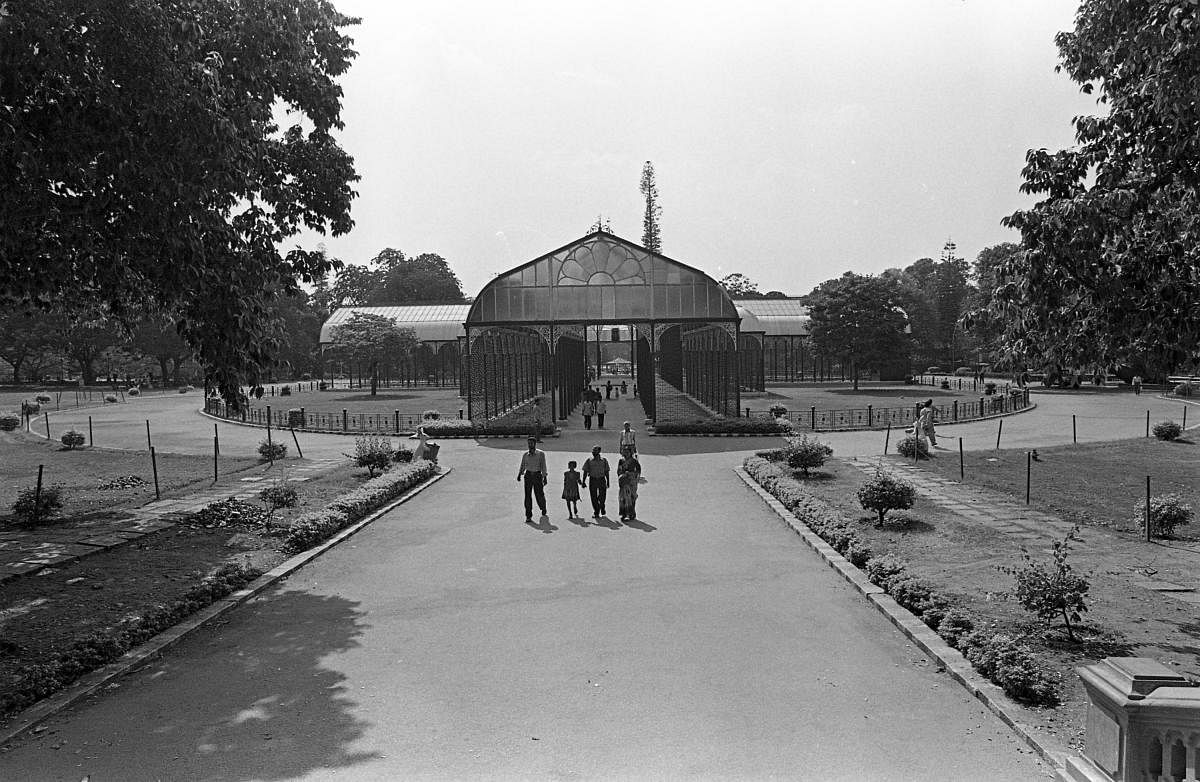
People know that the ‘peninsular gneiss’ in Lalbagh, where Kempegowda chose to build one of Bengaluru’s towers, is millions of years old. However, few know that in 1935, megalithic burial chambers were excavated within the fenced area of Lalbagh, thereby further bolstering the city’s claim to antiquity.
This and other fascinating details emerge in Vijay R Thiruvady’s latest book, Lalbagh: From Sultan’s Garden to Public Park. Thiruvady, an architect by training and botanist by choice, has been conducting green heritage walks around the city’s famed gardens on weekends for the past 15 years.
The book is the culmination of five years of painstaking research, and refers to documents from the archives of the Royal Botanic Gardens at Kew, London and Edinburgh, as well as museums in Bengaluru and Mysuru.
One of the book’s highlights is the short life sketches of the botanists trained at Kew gardens, who contributed to developing Lalbagh as a conservatory and epicentre of horticultural research, lending Karnataka a rare edge in the sector.
The beginnings
Lalbagh was originally laid out by Kempegowda in 1537 on a 34-acre plot and was called Huvina thota. His son further developed it and named it Kemputhotta in 1569. It was basically intended to grow flowers to be offered at temples.
The area came under the control of Hyder Ali as a jagir conferred by Mysore’s Wadiyar rulers in the 18th century. His son Tipu Sultan further developed it into a Rose and Cypress Garden in 1760 on a Charbagh pattern, with its rectangular area spliced into four quadrants.
Tipu’s association with Jacobin Club, associated with the French revolution, enabled him to import seeds and plants from Mauritius and France. The French also presented a ‘liberty tree’ to the garden. It was during this era that chakotha (pomelo) trees were brought from Thailand and its cultivation was encouraged in Mysuru.
The two rulers also brought members of Thigala community from areas in the present Tamil Nadu. They settled around the tanks in Bengaluru and helped the city transform into a Garden City.
Following Tipu’s death in the 4th Anglo-Mysore war in 1799, Lalbagh, knows as the Sultan’s Garden till then, came under the East India company.
Horticultural research
It was in 1856 that it acquired its present name ‘Lalbagh’.
Between 1857 and 1973 it witnessed gradual conversion into a conservatory and botanical research lab as its destiny was steered by a series of expert horticulturists trained at the Kew, two of them being Indians.
The flower shows in the garden which began under British rule were later aligned with Republic Day and Independence Day after Independence.
A majestic Glass House was constructed in 1889, replicating several features of the Crystal Palace exhibition hall in Hyde Park of London.
It was John Cameron, superintendent of Lalbagh from 1874 to 1908, who started several horticultural initiatives.
He expanded the area of the garden and created the large lake on 35 acres by deepening the quarry.
He commissioned artists to record the plant wealth, got 3,222 plants then found in the garden listed, created a herbarium and dovecote, to house pigeons and doves.
Cameron also promoted research on growing of new strains of coffee, experimented with cultivation of apples, developed a variety of rubber known as Ficus elastica, worked on different varieties of cotton, helped in the development of the Kidney potato and set up a menagerie for animals which once hosted an orangutan, kangaroos, rhinoceros, lions, deer and ostriches.
Studded with an enormous amount of facts, maps, and photographs, the book contains a comprehensive history of Lalbagh.